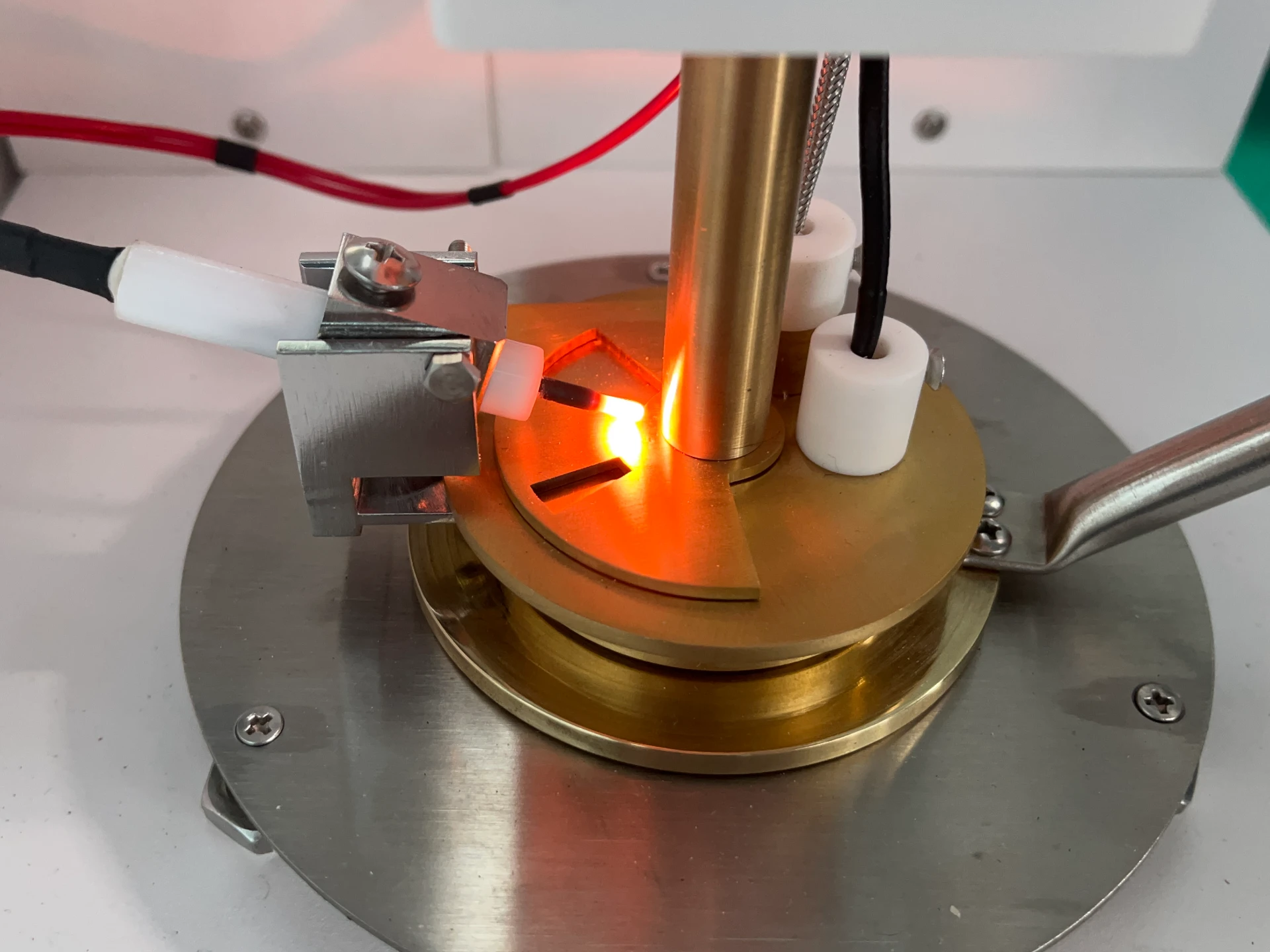 English
English



-
 Afrikaans
Afrikaans -
 Albanian
Albanian -
 Amharic
Amharic -
 Arabic
Arabic -
 Armenian
Armenian -
 Azerbaijani
Azerbaijani -
 Basque
Basque -
 Belarusian
Belarusian -
 Bengali
Bengali -
 Bosnian
Bosnian -
 Bulgarian
Bulgarian -
 Catalan
Catalan -
 Cebuano
Cebuano -
 China
China -
 China (Taiwan)
China (Taiwan) -
 Corsican
Corsican -
 Croatian
Croatian -
 Czech
Czech -
 Danish
Danish -
 Dutch
Dutch -
 English
English -
 Esperanto
Esperanto -
 Estonian
Estonian -
 Finnish
Finnish -
 French
French -
 Frisian
Frisian -
 Galician
Galician -
 Georgian
Georgian -
 German
German -
 Greek
Greek -
 Gujarati
Gujarati -
 Haitian Creole
Haitian Creole -
 hausa
hausa -
 hawaiian
hawaiian -
 Hebrew
Hebrew -
 Hindi
Hindi -
 Miao
Miao -
 Hungarian
Hungarian -
 Icelandic
Icelandic -
 igbo
igbo -
 Indonesian
Indonesian -
 irish
irish -
 Italian
Italian -
 Japanese
Japanese -
 Javanese
Javanese -
 Kannada
Kannada -
 kazakh
kazakh -
 Khmer
Khmer -
 Rwandese
Rwandese -
 Korean
Korean -
 Kurdish
Kurdish -
 Kyrgyz
Kyrgyz -
 Lao
Lao -
 Latin
Latin -
 Latvian
Latvian -
 Lithuanian
Lithuanian -
 Luxembourgish
Luxembourgish -
 Macedonian
Macedonian -
 Malgashi
Malgashi -
 Malay
Malay -
 Malayalam
Malayalam -
 Maltese
Maltese -
 Maori
Maori -
 Marathi
Marathi -
 Mongolian
Mongolian -
 Myanmar
Myanmar -
 Nepali
Nepali -
 Norwegian
Norwegian -
 Norwegian
Norwegian -
 Occitan
Occitan -
 Pashto
Pashto -
 Persian
Persian -
 Polish
Polish -
 Portuguese
Portuguese -
 Punjabi
Punjabi -
 Romanian
Romanian -
 Russian
Russian -
 Samoan
Samoan -
 Scottish Gaelic
Scottish Gaelic -
 Serbian
Serbian -
 Sesotho
Sesotho -
 Shona
Shona -
 Sindhi
Sindhi -
 Sinhala
Sinhala -
 Slovak
Slovak -
 Slovenian
Slovenian -
 Somali
Somali -
 Spanish
Spanish -
 Sundanese
Sundanese -
 Swahili
Swahili -
 Swedish
Swedish -
 Tagalog
Tagalog -
 Tajik
Tajik -
 Tamil
Tamil -
 Tatar
Tatar -
 Telugu
Telugu -
 Thai
Thai -
 Turkish
Turkish -
 Turkmen
Turkmen -
 Ukrainian
Ukrainian -
 Urdu
Urdu -
 Uighur
Uighur -
 Uzbek
Uzbek -
 Vietnamese
Vietnamese -
 Welsh
Welsh -
 Bantu
Bantu -
 Yiddish
Yiddish -
 Yoruba
Yoruba -
 Zulu
Zulu
double distillation apparatus
Double Distillation Apparatus An Overview
Double distillation is a fundamental technique widely employed in chemistry and industrial processes to purify liquids or separate components based on differences in boiling points. The double distillation apparatus is specifically designed to enhance the efficiency of the distillation process, allowing for the production of highly purified substances. This article delves into the operational principles, applications, and advantages of the double distillation apparatus.
Operational Principles
The essence of distillation lies in the phase change of substances from liquid to vapor and subsequently back to liquid. In a typical double distillation setup, the process begins with heating the mixture in a distillation flask. As the temperature rises, components with lower boiling points vaporize first. These vapors are channeled into a condenser, where they cool down and revert to liquid form, collected in a separate receiving flask.
In double distillation, the distillation process is repeated to improve purity. The first distillation removes a significant portion of the impurities, while the second distillation focuses on achieving a higher degree of purity by capturing the most volatile components. This two-step process involves the use of two distinct distillation units—one for the initial distillation and another for the secondary refinement, which can be either a simple apparatus or a more complex fractional distillation setup.
Components of a Double Distillation Apparatus
A typical double distillation apparatus consists of several key components
2. Heating Source A heat source, such as a Bunsen burner or heating mantle, is necessary to provide sufficient energy to vaporize the liquid.
3. Condenser The condenser, which is cooled by water circulation, facilitates the transition of vapor back to liquid. As vapor enters from the heating flask, it cools down in the condenser and is collected in the receiving flask.
double distillation apparatus

4. Receiving Flask This is where the condensed liquid, or distillate, is collected after each distillation step.
5. Thermometer A thermometer is typically situated at the top of the distillation flask to monitor the temperature accurately, ensuring optimal separation of components.
6. Distillation Column In some setups, a distillation column may be integrated to provide additional surface area for vapor-liquid contact, further promoting separation during the second distillation.
Applications
Double distillation is extensively used in laboratories and industries. In the chemical industry, it is crucial for producing high-purity solvents, essential oils, or alcohols. In the pharmaceutical industry, it is used to purify solvents for drug synthesis, ensuring that no residual impurities compromise the quality of the final product.
Additionally, double distillation plays a role in the production of essential oils and fragrances, where maintaining the quality and integrity of the product is paramount. This technique is also applicable in the food and beverage sector, particularly in the refinement of products like whiskey, where flavor profiles must be preserved while removing unwanted components.
Advantages
The primary advantage of using a double distillation apparatus is the superior purity achieved through its two-step process, which significantly reduces contamination from impurities. This results in higher-quality end products, making it an invaluable method for various applications. Furthermore, the double distillation process can be economically viable for large-scale operations, as it allows for the efficient recovery of solvents and other valuable components.
In conclusion, the double distillation apparatus is a critical tool in both academic research and industrial applications. By enhancing the purity of liquids through a systematic two-step process, it remains an essential method for chemical separation and purification, demonstrating its broad significance across multiple fields.
-
Transformer Test Essentials: Insulating Oil Tester and TypesNewsMay.30,2025
-
Grease Testers and Oil Determination OverviewNewsMay.30,2025
-
Exploring Electricity Usage Testers and GeneratorsNewsMay.30,2025
-
Essential Guide to Transformer Oil Testing ToolsNewsMay.30,2025
-
Ensuring Safety with a Circuit Breaker FinderNewsMay.30,2025
-
Electrical Safety Tools Hipot, Dielectric, VLF TestersNewsMay.30,2025



